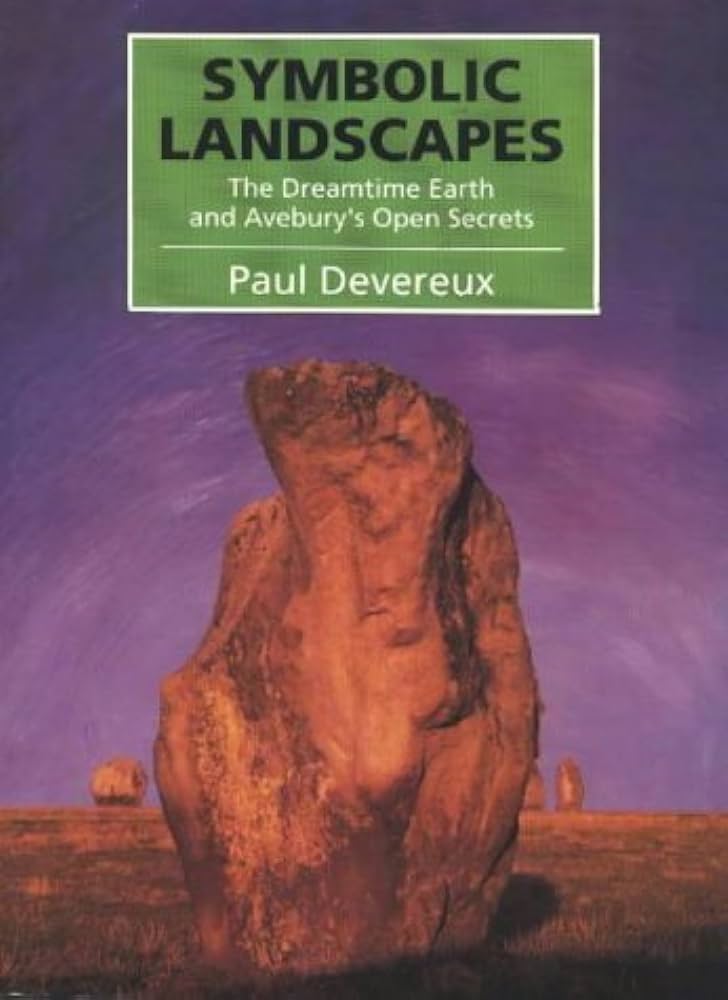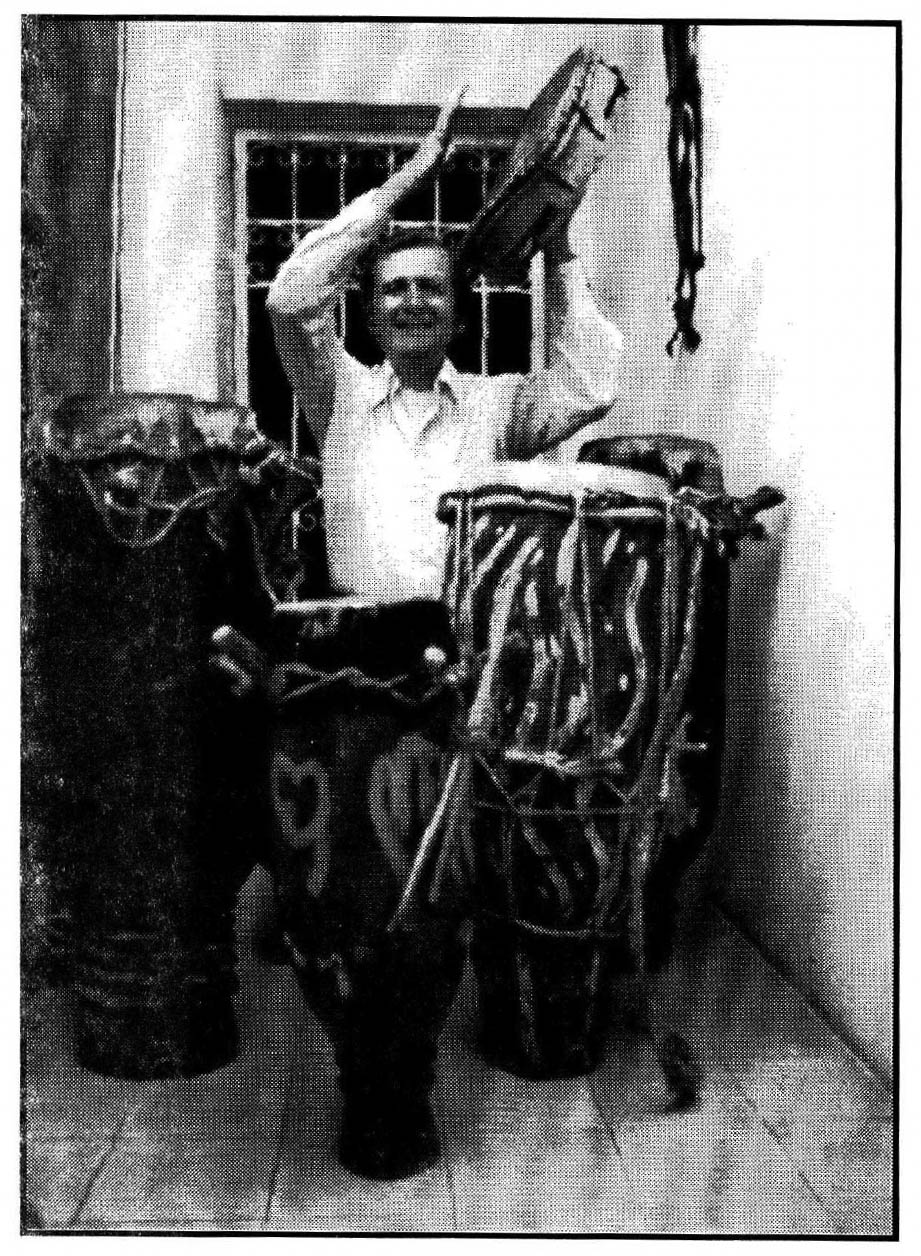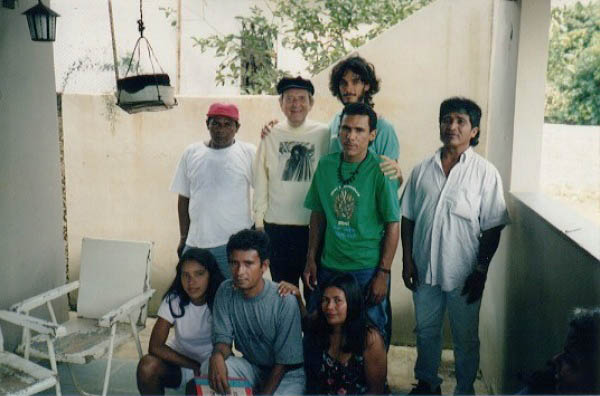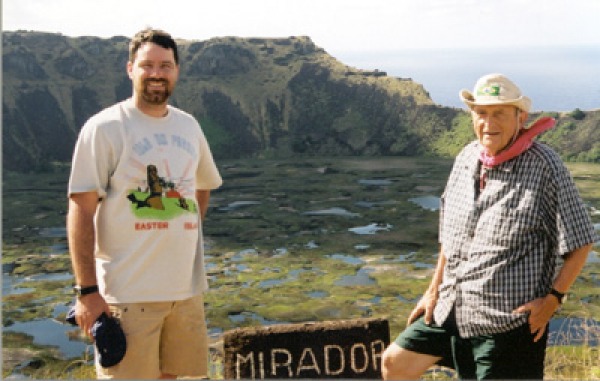
Taking the position that "ancient peoples are still offering us their wisdom through their sacred sites and landscapes," Paul Devereux has written an excellent book. Devereux's stated aim is to offer a "transcultural perennial manual of how to understand our minds and our planet - the two sides of the same coin."
Readers will appreciate this book. It contains an intelligent, well-documented approach to views of the natural world as viewed from two perspectives. One of these is the physical landscape as constituted by consensual agreement, i.e., the ordinary reality of the world. The other perspective is the visionary landscape of the human mind.
In addition to his own extensive explorations into these two realms, Devereux draws on the reports of an admirably diverse range of personal accounts, folklore, and scholarship. He states that he has written both "from a mental framework that embraces the legitimate demands for informed, intellectual accountability and the legitimate need to recognize inner reality."
Well referenced and nicely illustrated with photographs and diagrams, this book summarizes literature that describes the "Dreamtime Earth," and suggests a means by which the reader can begin to comprehend the workings of consciousness in the process of switching back and forth between views or images of the outer and inner landscapes. The Balinese language contains a well-developed sensibility of dual worlds ("niskala" and "sekala"). But English, in contrast, can only call the alternative visionary world "symbolic," at best. By whatever name it is called, Devereux suggests that a rediscovery of the human capacity to "see" as the ancients could "see," would assist residents of industrialized societies to understand that the existence of these other landscapes rests essentially on one's willingness to believe in them.
To explain the creation of the symbolic landscape as a living reality, Julian Jaynes' speculation about "the bicameral mind" is deftly summarized. Although controversial, Jaynes' theory is persuasive in the context of Devereux's argument, especially as he described the ubiquitous stone monuments and other natural forms, as well as the deities that are reported to have talked to those who approached them. Also pertinent to this discussion are the many means and gateways that native people had for entering into the "Dreamtime."
Devereux does not simply dismiss the phenomenon of the symbolic reality as existing only in the mind; he also documents the presence of naturally magnetic stones at a variety of recognized sacred spots. In addition, he presents reasonable explanations for the verified presence of exceptionally bright lights at some "power spots." This topic was more fully developed in Devereux's previous book, Places of Power, where he dealt in detail with magnetic stones, surmising that they were employed both for healing work and for altering people's consciousness.
This slender, but riveting, volume is divided into two essays. The first surveys symbolic landscapes from around the world and explores Jaynes' theory. The second examines, in concrete detail, the well-preserved Neolithic landscape of Avebury in southern England as well as the process of its exploration. This examination serves well to demonstrate the themes raised in the first essay. Since Avebury is undeniably recognized as having been a ceremonial landscape for its ancient inhabitants, it follows (from Devereux's argument) that it was also a landscape of the mind.
While both parts of this book will interest its readers, the second part will be invaluable to anyone traveling to Avebury. Devereux gives suggestions for exploring the inherent mystery of both landscapes and taking a "Dreamtime" perspective on Avebury may bring the visitor close to the thoughts and feelings of the early inhabitants.
As Devereux aptly suggests, members of industrialized societies might, by gaining a greater intimacy with the physical Earth, more readily "see the Earth as an Angel." This amounts to "an alchemical shift of perception that transforms Earth into Mind." Such is the legacy that "the Ancient peoples left us in their sacred sites and landscapes."





















